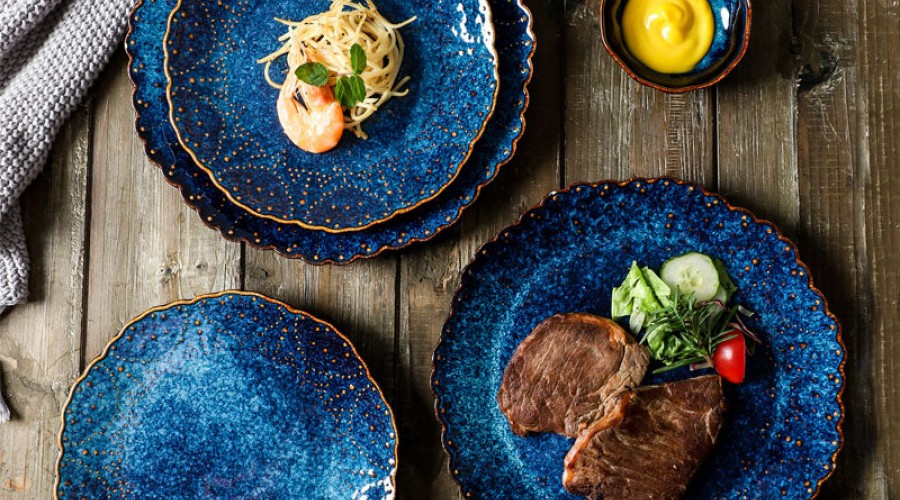
Kiln change mainly refers to the uncertain natural change of the glaze color on the surface of the porcelain due to the change of the temperature in the kiln during the firing process.

Kiln has a long history
As we all know, porcelain will undergo a series of very complex physical-chemical changes during the firing process.
If the composition of the glaze is not uniform or if two glazes of different properties are applied to the same vessel, the changes are more complicated and unpredictable.
In ancient times when science was underdeveloped, people could not understand many wonderful phenomena that occurred during the firing process, so there were many strange theories.
Through thousands of years of long-term practice and modern scientific research, we now realize that many kiln changes are related to the phase separation of the glaze, and modern potters can also fire a large number of various kiln changes through formula design and control of the firing process.
Kiln change glaze is a kind of artistic glaze
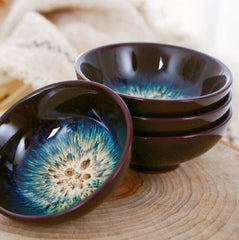
Kiln-change glaze is also an artistic glaze, with the most changes, the richest colors, and the most complex shapes. Its initial appearance was entirely accidental. Kiln changes occasionally appeared on celadon porcelain before the Tang Dynasty. Kiln-changing glaze means that when the utensils are fired in the kiln, because the kiln contains a variety of color-forming elements, after oxidation or reduction, an unexpected glaze color effect appears after leaving the kiln.
Special changes in color, shape, sound, quality, etc. that attract attention, because they appear accidentally, the shape is special, or like brilliant clouds, or like spring flowers and autumn clouds, or like sea raging waves, or like thousands of horses galloping, so they are called It is regarded as artistic enamel and is appreciated by people.
The kiln changes glaze, like an elf that is not controlled by the craftsman, freely swaying and growing in the world. It is special and elegant. Every wonderful birth is like a gift from nature. It is also difficult to replicate. It is its unique and thousands of postures that make it shine in the field of porcelain, but its number is very small, which can be described as rare.
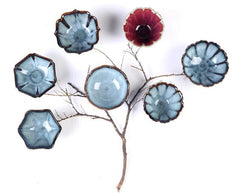
When the kiln fire is lit, the porcelain begins its phoenix nirvana. The amount of oxygen, the temperature fluctuates a little, and the glaze slurry flows and condenses, all of which affect the result of the change: or the glaze has five colors and is gorgeous; or the star is brilliant, if it comes out of it; or the tears are drooping, and the purple and red..., become the beauty of "accident" that has been passed down for thousands of years.
When firing porcelain, if the shape or glaze color is not expected after the opening of the kiln, so that the handed down porcelain sometimes has a special situation, it can be said to be a kiln change. All in all, kiln deformation can be roughly divided into several types such as deformation, discoloration, and deterioration.

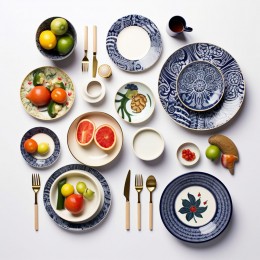
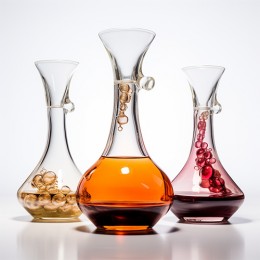



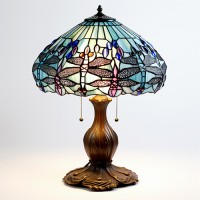



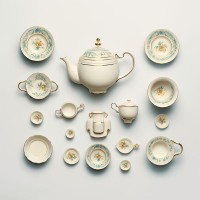
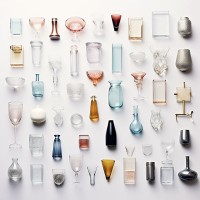






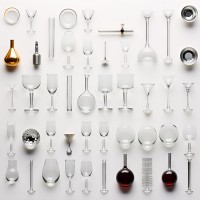

-400x400.jpg)
-400x400.jpg)







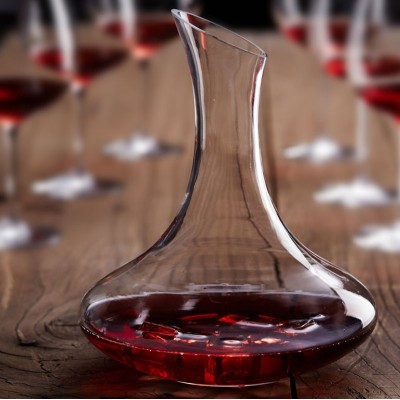
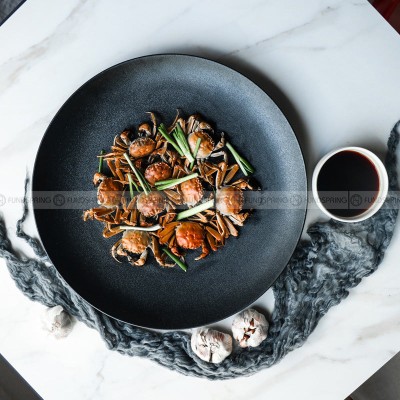
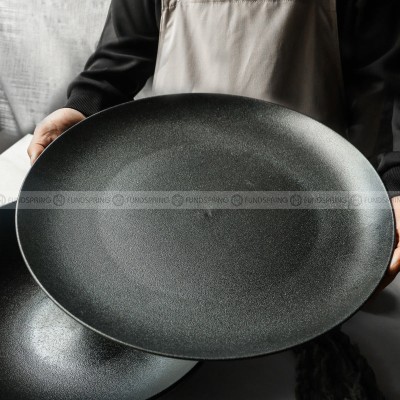

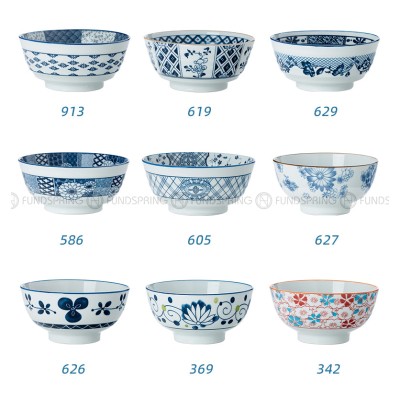

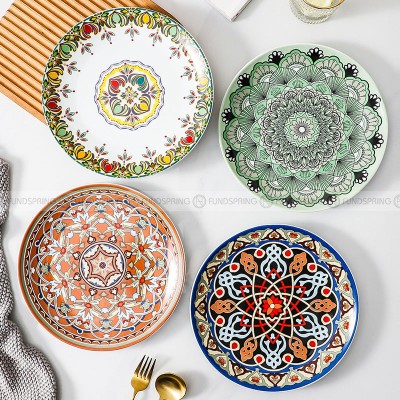
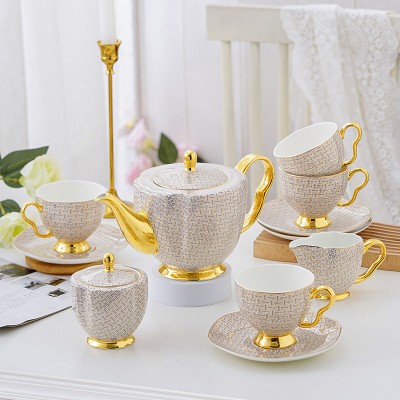
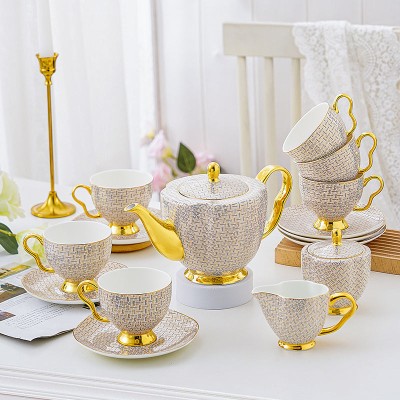
-400x400.jpg)
-400x400.jpg)
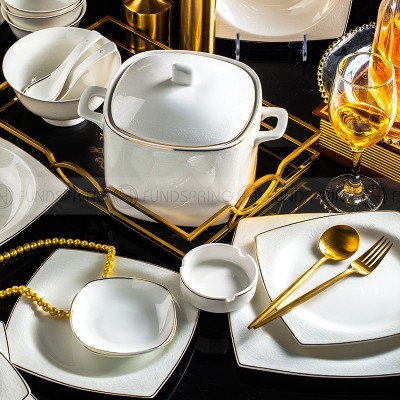
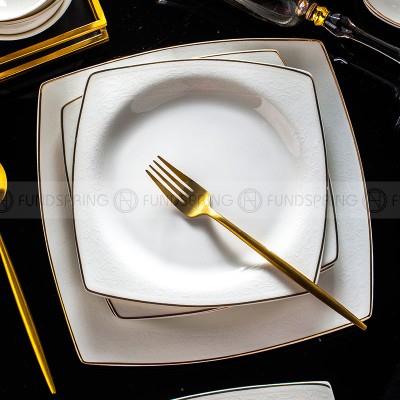
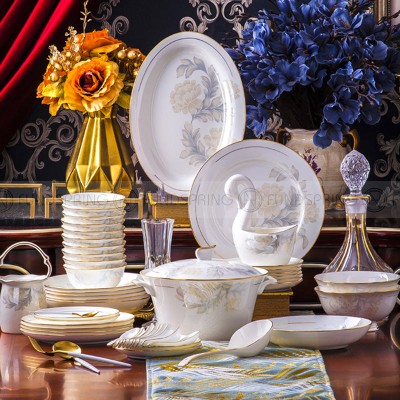
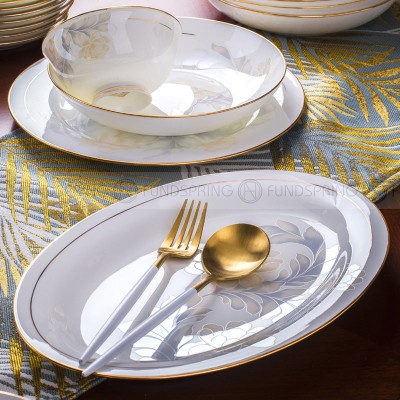
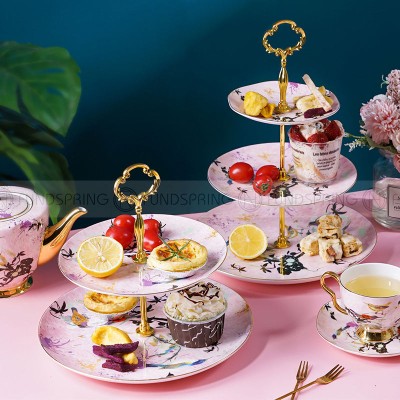

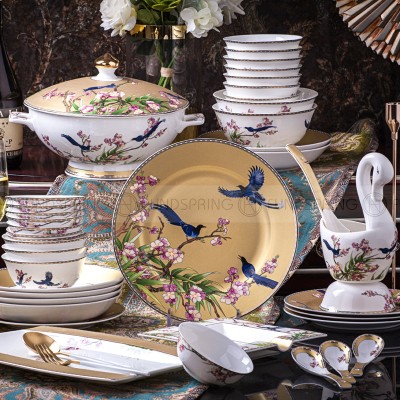

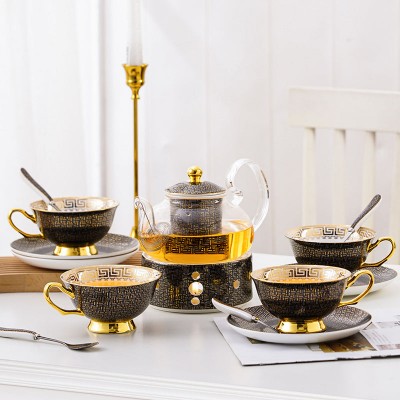


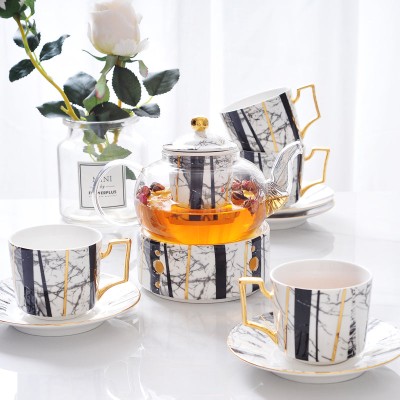
-400x400.jpg)



-400x400.jpg)
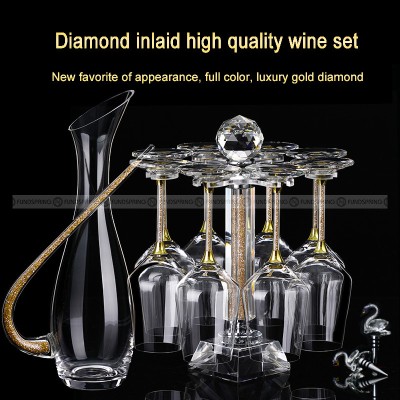


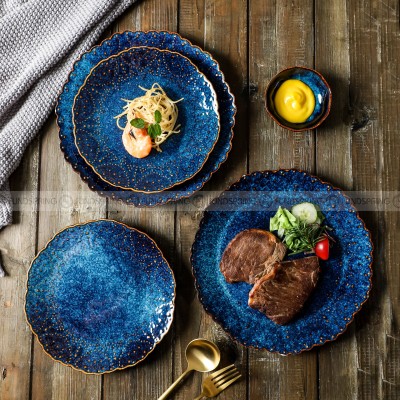

-400x400.jpg)
-400x400.jpg)
-400x400.jpg)
-400x400.jpg)
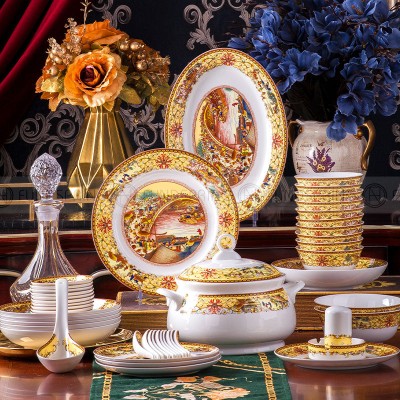
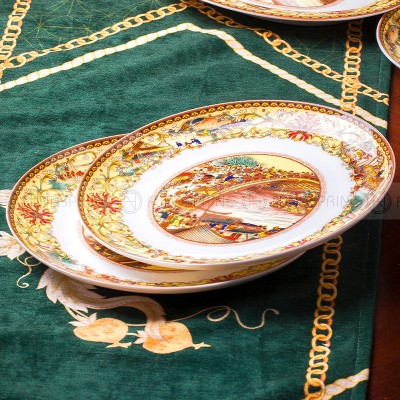
-400x400.jpg)
-400x400.jpg)

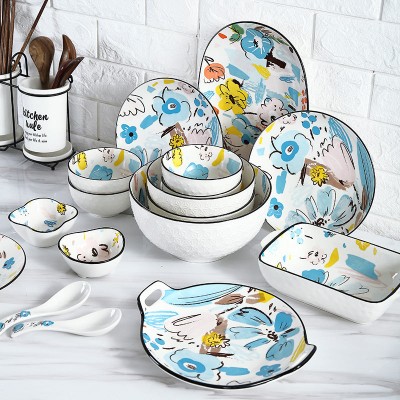

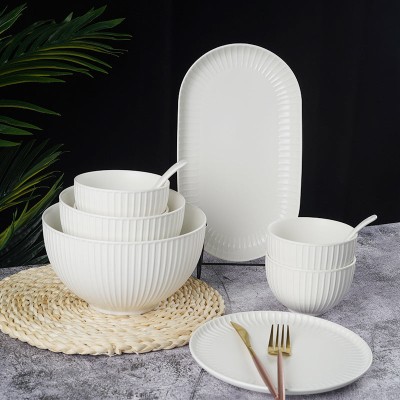

Leave a comment